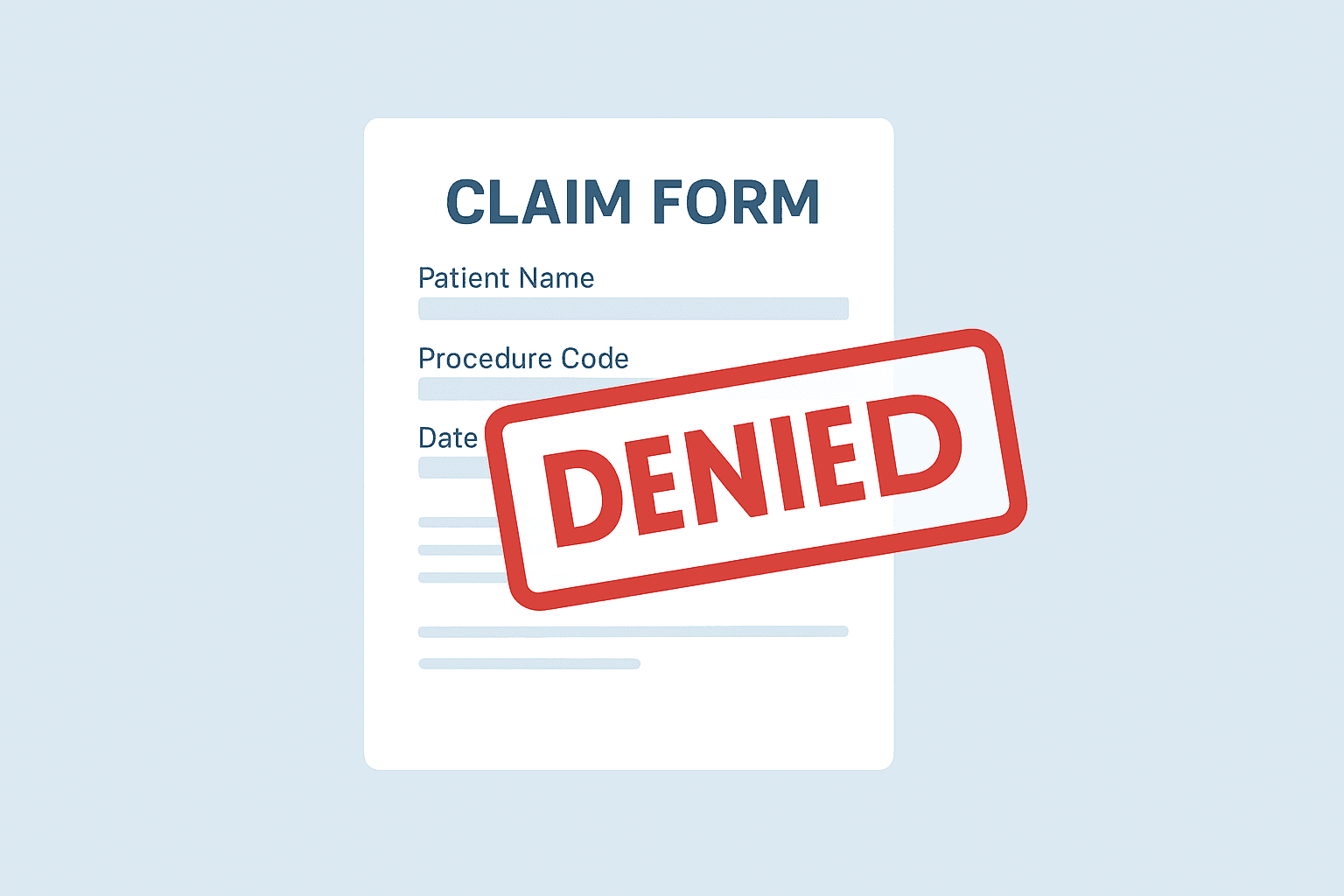The market for selling a Pain Management practice in San Diego is strong. Demand for services is growing, and strategic buyers are actively seeking quality practices like yours. This guide provides a clear overview of the market, the selling process, and how to prepare for a successful transition. Properly navigating this landscape is the key to maximizing your practice’s value and securing your legacy.
Curious about what your practice might be worth in today’s market?
A Strong Market for San Diego Pain Management Practices
The timing for considering a sale is excellent. The U.S. Pain Management market is projected to grow steadily, with a compound annual growth rate of 3.7%. This sustained demand puts well-run practices in a powerful position. For sellers, this translates into tangible value.
Financially, established pain clinics are attractive assets, often operating with profit margins between 10% and 20%. In a desirable location like San Diego, with its robust healthcare ecosystem and growing patient population, your practice represents a significant opportunity for buyers looking to expand their footprint. This positive market climate creates a competitive environment where a well-prepared practice can achieve a premium valuation.
Key Considerations Before You Sell
A strong market is only one part of the equation. A successful sale in California requires careful attention to specific legal and operational details that can impact your deal structure and final proceeds.
Navigating California Law
California’s strict Corporate Practice of Medicine (CPOM) doctrine is a major factor. It dictates who can legally own a medical practice. Any sale must be structured to comply with these rules, which can be complex. Missteps here can invalidate a transaction.
Preparing for Due Diligence
Potential buyers will conduct a thorough review of your financials, contracts, and compliance records. Having your documentation organized and transparent from the start prevents surprises and builds buyer confidence. This includes clear plans for how you will notify patients and manage the transition for your dedicated staff.
Every practice sale has unique considerations that require personalized guidance.
Who is Buying Practices in San Diego?
The profile of a typical buyer has evolved. While individual physicians are still in the market, a growing number of transactions involve larger, more strategic players. Hospitals, regional health systems, and private equity-backed management groups are actively acquiring pain management practices in Southern California. We have seen recent local listings asking over $1.7 million, demonstrating significant buyer interest.
This trend is important for you. These corporate buyers often have different goals than a solo physician. They might be focused on building a regional platform or integrating your services into a larger network. Understanding their motivations is key to positioning your practice effectively and creating a competitive bidding process that drives up your valuation.
Timing your practice sale correctly can be the difference between average and premium valuations.
A Roadmap for Your Practice Sale
Selling your practice is not a single event. It is a structured process designed to protect your interests and maximize your outcome. While every sale is unique, the journey generally follows a clear path.
- Confidential Valuation. The first step is understanding what your practice is truly worth. This goes beyond simple formulas and establishes a credible starting point for negotiations.
- Strategic Marketing. Your practice is presented confidentially to a curated pool of qualified buyers, creating interest without alerting patients or staff.
- Buyer Vetting and Negotiation. Potential buyers are carefully screened. We then manage negotiations to secure the best possible terms, not just the highest price.
- Managing Due Diligence. We guide you through the buyer’s intensive review process, ensuring a smooth and organized exchange of information.
- Closing the Transaction. The final step involves formalizing the purchase agreement and managing the legal and operational transfer of the practice.
Preparing properly for buyer due diligence can prevent unexpected issues.
What is Your Practice Really Worth?
The most common question we hear is, “How much is my practice worth?” Many owners think in terms of a simple multiple of their annual revenue. While specialist practices often sell for more than primary care, sophisticated buyers look deeper. They focus on a metric called Adjusted EBITDA (Earnings Before Interest, Taxes, Depreciation, and Amortization).
This figure provides a true picture of your practice’s profitability by normalizing for owner-specific expenses and one-time costs. Your valuation is then determined by applying a multiple to this adjusted EBITDA. The multiple itself is influenced by factors like your payer mix, reliance on a single provider, and growth opportunities. Most practice owners are surprised to learn their true value once their financials are properly prepared for a sale.
A comprehensive valuation is the foundation of a successful practice transition strategy.
Planning for Life After the Sale
A successful transition is defined by more than just the sale price. It is about ensuring a smooth handover for your patients, securing the future for your staff, and structuring a deal that aligns with your personal and financial goals for the years to come. Thinking about these elements early is critical.
| Consideration | Why It Matters for You |
|---|---|
| Your Future Role | Will you retire immediately, stay on for a transition period, or continue practicing? This decision impacts the deal structure and your income. |
| Staff & Legacy | A clear plan for your team ensures continuity of care and protects the culture you built. Buyers value a stable and motivated staff. |
| Deal Structure | Options like an equity rollover allow you to retain ownership and benefit from future growth, offering a potential “second bite at the apple.” |
| Tax Planning | How your sale is structured has major tax implications. Advance planning can significantly increase your after-tax proceeds. |
Your legacy and staff deserve protection during the transition to new ownership.
Frequently Asked Questions
What is the current market outlook for selling a Pain Management practice in San Diego?
The market for selling a Pain Management practice in San Diego is strong with growing demand. The U.S. Pain Management market is projected to grow at a compound annual growth rate of 3.7%, making well-run practices in San Diego attractive assets for buyers, often operating with profit margins between 10% and 20%. This robust market creates a competitive environment that can lead to premium valuations.
What legal considerations should I be aware of before selling my Pain Management practice in California?
California’s Corporate Practice of Medicine (CPOM) doctrine is a crucial legal factor. It dictates who can legally own a medical practice. Any sale must comply with CPOM rules to avoid invalidating the transaction. It is important to structure the sale correctly and seek personalized legal guidance to navigate these complexities.
Who are the typical buyers of Pain Management practices in San Diego?
Buyers include individual physicians, hospitals, regional health systems, and private equity-backed management groups. Larger strategic buyers are increasingly active, often aiming to build regional platforms or integrate services into larger networks. Understanding buyer motivations helps position your practice effectively and create a competitive bidding process.
How is the value of my Pain Management practice determined?
The value is primarily based on Adjusted EBITDA (Earnings Before Interest, Taxes, Depreciation, and Amortization), which reflects true profitability by normalizing owner-specific expenses and one-time costs. A multiple is applied to this figure influenced by factors like payer mix, reliance on a single provider, and growth opportunities. This method provides a more accurate valuation than simple revenue multiples.
What should I consider for life after selling my practice?
Planning your future role is important—whether you plan to retire, stay on during transition, or continue practicing affects the deal structure and income. You should also have a clear plan for your staff to ensure continuity of care and preserve your practice culture. Deal structures like equity rollovers and tax planning are critical to maximize your after-tax proceeds and possibly benefit from future growth.



